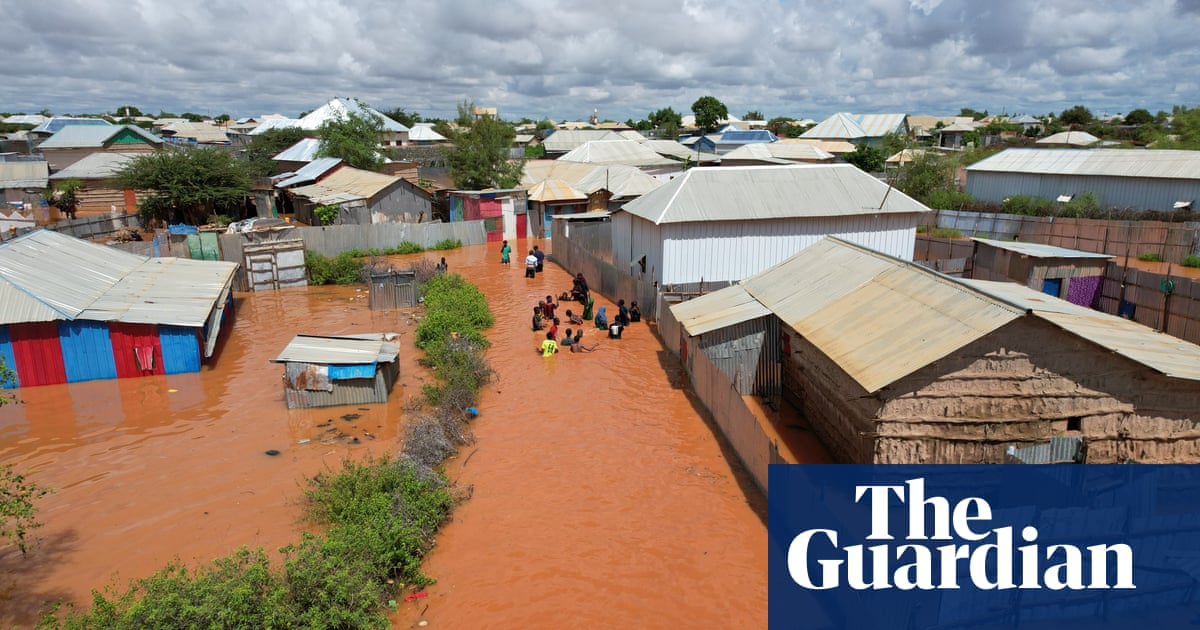
About 20 of Afghanistan’s 34 provinces have felt the brunt of the worst drought in the country’s history with millions of people affected and thousands of households displaced in search of water.
The country’s 2018 harvest is expected to be even lower; down from 4.2 million metric tons to 3.5 million metric tons, the UN said in a recent report.
KABUL: Sardar Wali had to wait three weeks for his turn to have a well dug by a drilling firm in Kabul, and after two weeks of drilling the only sign of water appeared 80 meters below the surface.
He still considers himself lucky because he had the cash to get a well dug and, more importantly, unlike other parts of Afghanistan, the water table in his area had not completely dried up.
There are many more desperate drillers searching in parts of Kabul where the water level has gone down drastically in recent years.
Afghanistan faces the worst drought in decades. About 20 of Afghanistan’s 34 provinces have been hit by the drought with millions of people affected. With livestock dying and no crops, thousands of households have been displaced in search of water.
“In the 20 provinces most affected by the drought, nearly 15 million people rely on farming, livestock or labor opportunities in agriculture,” a recent UN report said.
“Of these, an estimated 2 million people will become severely food insecure due to the drought. Humanitarian partners are ramping up their response across the country, trying to reach 1.4 million of the most vulnerable girls, boys, women and men struck by the drought.”
According to the European Commission Humanitarian Aid and Emergency Response Mechanism report, “particularly hard hit are the provinces of Ghor and Badghis, which have generated displacement of over 9,000 households into Herat City, and approx. 1,000 households in Qala e Now, Badghis.”
“The vast majority of these households remain unassisted, lacking access to safe drinking water, shelter or adequate sanitation facilities and food, and as a result, sinking into increased vulnerability; sinking into increasing levels of vulnerability and employing negative coping mechanisms such as skipping meals and using money lenders to feed their families,” the report said.
“You can live on a small amount of any type of food or fruits for months, perhaps years, but you cannot survive for long without water and you cannot grow any food or fruit without water,” Wali told Arab News, as a massive truck-mounted drill dug into the ground for water.
The government, businessmen and donors can import emergency food supplies from overseas, but not water, he said, criticizing some Afghans for wasting water when the country is suffering a drought.
“This the worst drought in the past five decades. People have been badly affected,” Abdul Ghafour Malekzai, Badghi’s governor, told Arab News.
“People were able to have access to water a few years back by digging a well 20 meters, now you need to dig 120 meters to get some water,” he said.
The calamity has affected more than two-thirds of Afghanistan and hundreds of thousands of people. Thousands of cattle have perished, and canals and streams have dried out because of lack of snow fall and less rain this year.
Afghanistan’s northern region, considered its food basket, is also badly affected.
The country’s 2018 harvest is expected to be even lower; down from 4.2 million metric tons to 3.5 million metric tons, the UN said in its report.
The population in these dry-spell-affected provinces, which are most likely to need support in nutrition and food security, water and sanitation, emergency shelter and non-food items, it said.
The Afghan government launched a $100 million appeal in mid-April for immediate livestock protection for an initial two months of fodder/feed support and an overall demand of $550 million for 10 months’ fodder/feed support throughout the 34 provinces of Afghanistan.
“The situation for those who have already been displaced by drought and conflict is dire. Many lack access to safe drinking water, shelter or adequate sanitation facilities and diseases such as diarrohea, as well as malnutrition, are widespread among drought-induced IDPs,” the UN report said.
Local authorities have begun emergency food and water distribution with the help of NGOs and the UN in some parts, aiming to prevent the flight of more locals.












